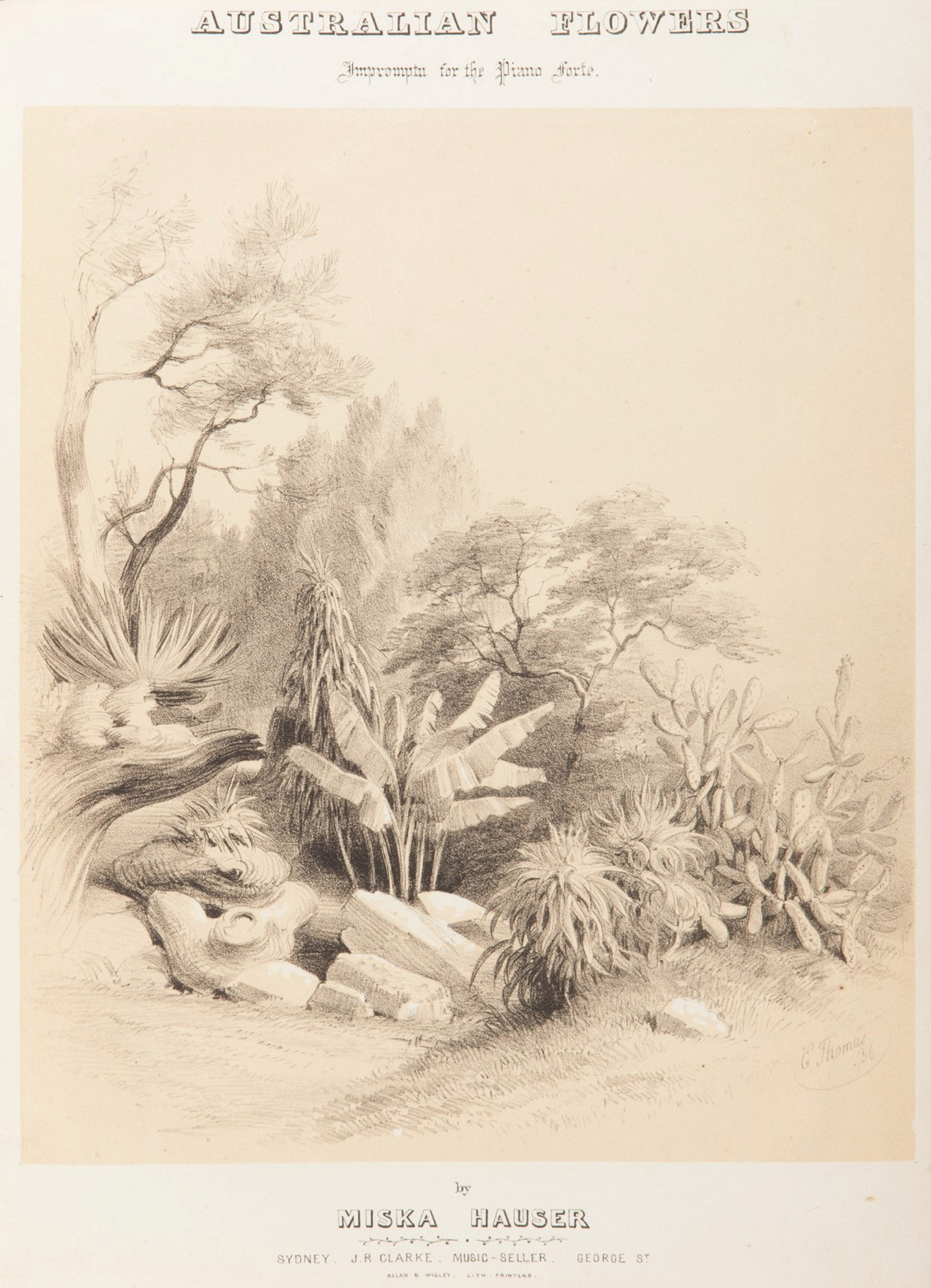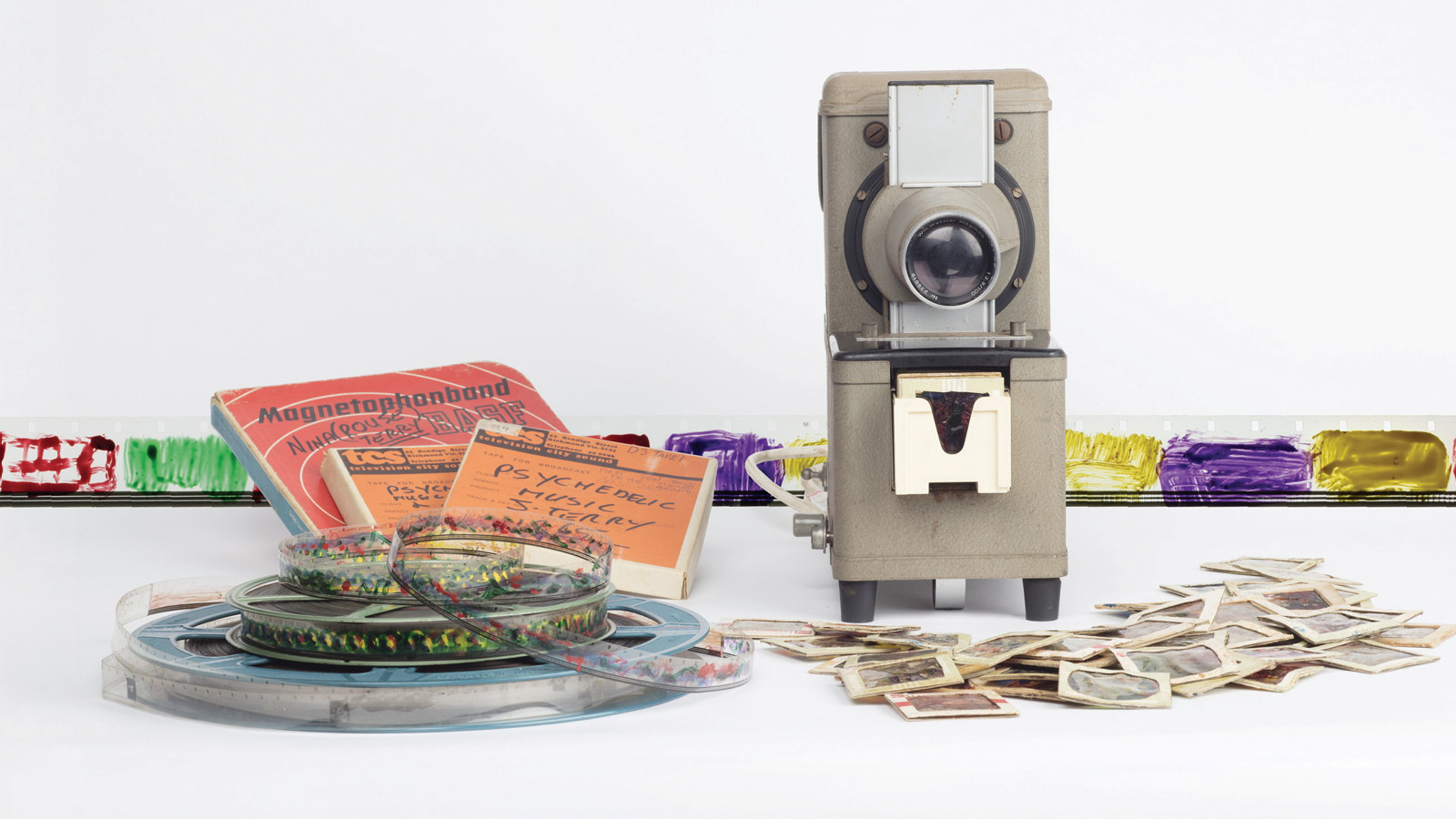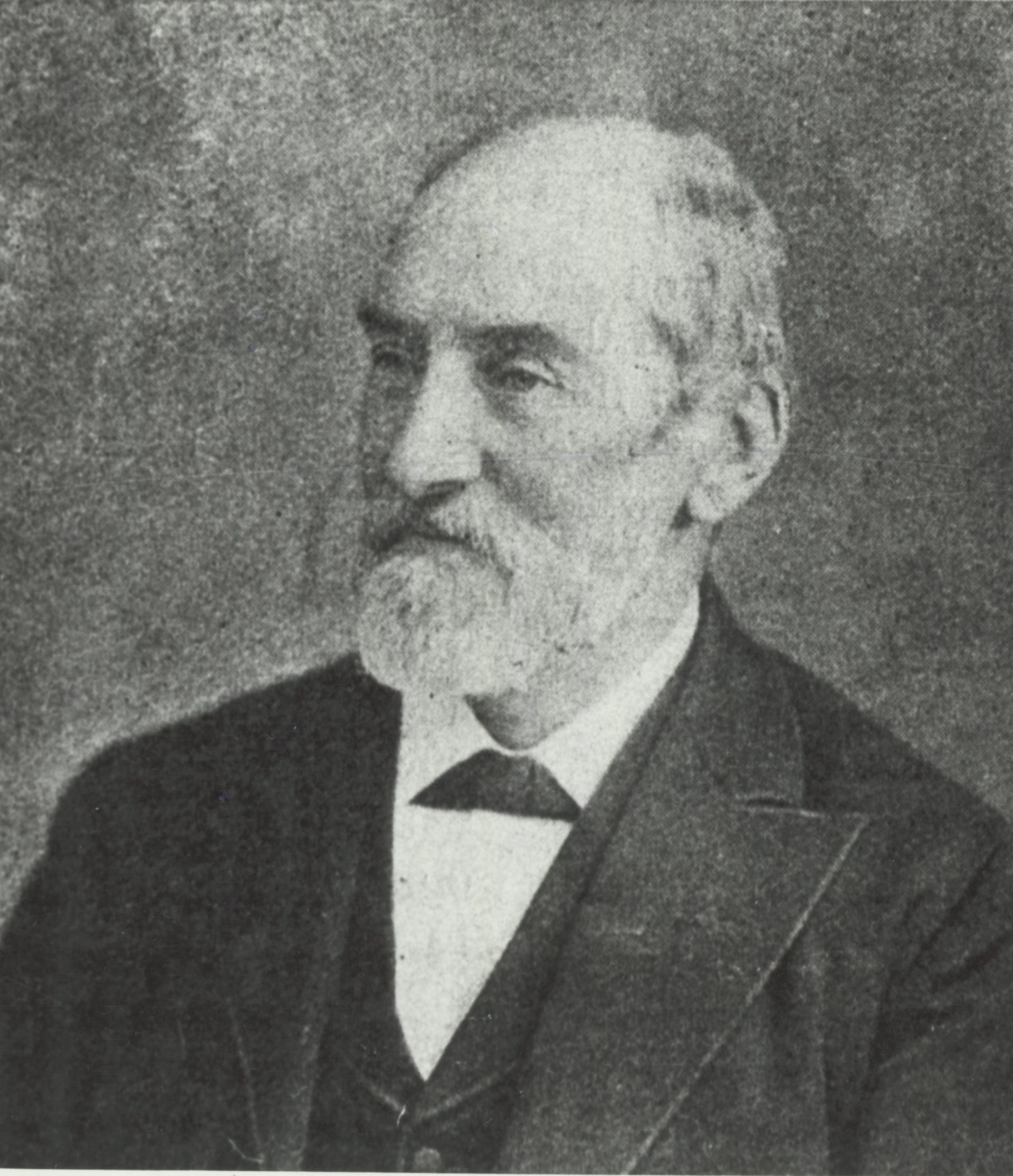The Oxley piano
An unusually well-preserved 19th-century piano is helping MHNSW to authentically re-create the sounds of the early colony.
On Monday 9 January 1843, a humble square piano left the London factory of John Broadwood and Sons with nine other instruments, and was loaded onto the barque Fanny bound for NSW. It arrived in the colony seven months later.
The 1842 Square #54792 was Broadwood’s least expensive model. In polished mahogany, the ‘Schoolroom pianoforte’ was priced at 37 guineas – about $6500 today. It was entered in Broadwood’s foreign ledger to the account of entrepreneur Ranulf Dacre, who was a regular Broadwood trade client for two decades, but it’s not yet known which Sydney establishment the piano sold through or for what price.
A significant instrument
Pianos of the early Victorian period are frequently encountered today, but rarely in such a remarkable state of preservation. Action parts made from a variety of organic materials are subject to wear and deterioration. An instrument that manages to survive the vicissitudes of climate or vermin often succumbs to the ministrations of well-meaning tuners and technicians of varying experience and skill levels in their attempts to keep it playing satisfactorily. This piano, however, shows no sign of adverse environmental effects, and to judge from the minimal wear of its ivory keycovers, it wasn’t played excessively.
This piano is also significant for its unquestionable provenance. It remained for several generations with a prominent colonial dynasty at ‘Kirkham’, the family estate near Camden of NSW Surveyor-General John Oxley. Oxley himself died in 1828 so never saw or played this piano: it was most likely purchased by Oxley’s widow, Emma, in 1845 on her return to NSW from three years in Europe with her two sons. The piano remained in the Oxley family until 1982, when it was purchased by pre-eminent Sydney antique dealer W F Bradshaw from Eleanor Oxley, a great-granddaughter of Surveyor-General Oxley. It was promptly sold to Dr Keith Okey, whose colonial residence of ‘Denham Court’ near Campbelltown was filled with his extensive and carefully chosen collection of period furniture.
Under the lid
I recall being overcome by the simple beauty of this piano when Dr Okey first invited me to tune it in the early 1980s. Opening the lid revealed an instrument in original condition, almost as clean and intact (except for its restrung treble) as it would have been when it left the Broadwood works more than 140 years before. In 2017, I purchased the 1842 Broadwood from Dr Okey’s widow, Trish, and commenced its conservation and restoration to full playing order.
Since August 2018, the piano has been on long-term loan to MHNSW for exhibition and performances at Elizabeth Bay House. It was used for a concert exploring the theme of ‘Bel Canto in the Bush’, and will continue to play an important role in the Sound Heritage project, bringing a new understanding to music making in the early colony.
Author
Carey Beebe, harpsichord maker
Carey Beebe is probably the most travelled and best known Australian harpsichord maker, and an award-winning restorer of early keyboard instruments.
Published on
Music stories
Browse all![Owner bound volume of assorted songs, in the collection of Rouse Hill House & Farm, 1850-1864. [music]](https://images.slm.com.au/fotoweb/embed/2023/10/615fb53b45ca4bfb8d979b01993be8c3.jpg)
‘Home! Sweet Home!’
It may come as a surprise that the expression ‘home, sweet home’ originates from a song title

'Australian Flowers'
Given that much of the music played in Australia in the 19th century had been imported, one might ask what constituted an ‘Australian’ piece of music?

1960s psychedelia at Rouse Hill House
In a short experimental period of music making, the talented young John Terry combined radical musical ideas with abstract imagery and the soundscape of Rouse Hill House

On This Day
30 Nov 1878 - 'Advance Australia Fair' first performed
On 30 November 1878 Advance Australia Fair was performed for the first time.